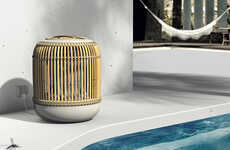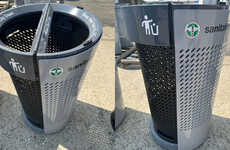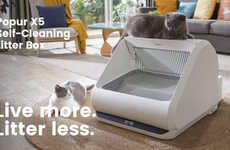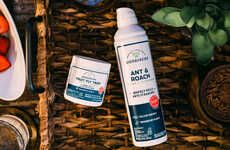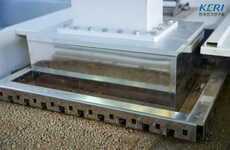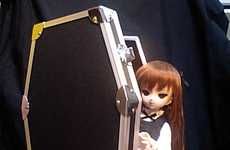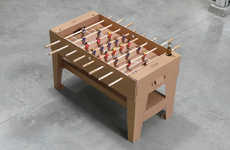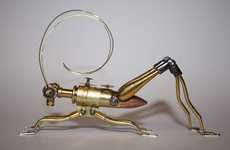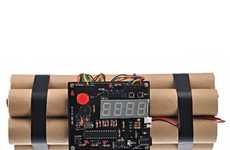
Clever Eco-Friendly Rat Trap Design Has a Few Flaws
Katie Cordrey — July 12, 2010 — Eco
Product designer Elodie Delassus’ ‘Sourisverte’ is an eco-friendly rat trap. The idea is to lure the unwanted rodent into a cardboard container where it eats poisonous seeds and dies. Burying the dead rat with this container will let the decaying animal nourish a garden.
The rat trap design has some problems, however. No self-respecting rat would be contained by cardboard. Rats have very sharp teeth in order to escape from such confinement. Poison generally causes a slow, painful death -- it’s not eco-friendly. Making and using a cardboard trap is wasteful. It would be better to let a cat do the work.
The rat trap design has some problems, however. No self-respecting rat would be contained by cardboard. Rats have very sharp teeth in order to escape from such confinement. Poison generally causes a slow, painful death -- it’s not eco-friendly. Making and using a cardboard trap is wasteful. It would be better to let a cat do the work.
Trend Themes
1. Eco-friendly Pest Control - Opportunity for developing innovative, non-toxic and sustainable pest control solutions.
2. Animal-friendly Trapping Methods - Potential for designing humane traps that capture pests without causing harm or suffering.
3. Garden Fertilization From Pest Control - Possibility of creating systems that utilize the remains of pests for nourishing plants.
Industry Implications
1. Pest Control - Developing advanced pest control methods that prioritize environmental sustainability and animal welfare.
2. Design and Manufacturing - Creating innovative and efficient traps that address the limitations of traditional pest control methods.
3. Agriculture and Horticulture - Integrating pest control practices into gardening and farming to improve soil fertility and plant health.
2.7
Score
Popularity
Activity
Freshness


